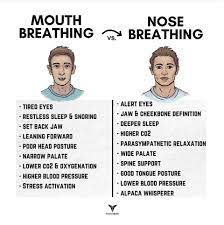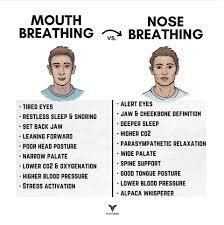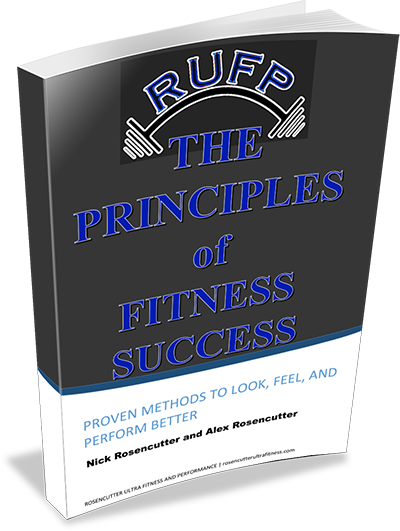Why Breathe in Through the Nose?
Inhaling through the nose has very different effects than inhaling through the mouth. Positionally, inhaling through the nose helps to promote expansion of the rib cage all around the torso, abdomen and chest, whereas inhaling through the mouth promotes excessive rib flare, chest elevation, back extension, abnormal jaw and cranial positioning, and neck overuse- all things that we do not want.
Inhaling through the nose produces nitric oxide, which is a vasal dilator. This means that we get better blood flow, better oxygen delivery and better nervous system regulation when we inhale properly through our nose. We do not get this effect when we inhale through our mouth.
Fully exhaling through your mouth helps to drive excessive tension out of your chest and abdomen, bring the ribs back, down, and in and resets the balance between your sympathetic and parasympathetic nervous system (fight or flight and rest & digest). Following up a full exhale via mouth with a full inhale via nose helps promote better neural activity, blood flow, oxygen delivery, blood ph regulation, better rib and pelvic positioning, better face, jaw and sinus positioning and better overall function throughout the body.
If you never train this proper breathing mechanism, it is very easy to get stuck with excess tension in the upper chest and throughout the body with a nervous system that is ramped up too often, movement and position that is less than desirable and a human body that simply cannot rest and recover.

Here is one of our favorite exercises to practice good breathing mechanics, including inhaling through the nose!


